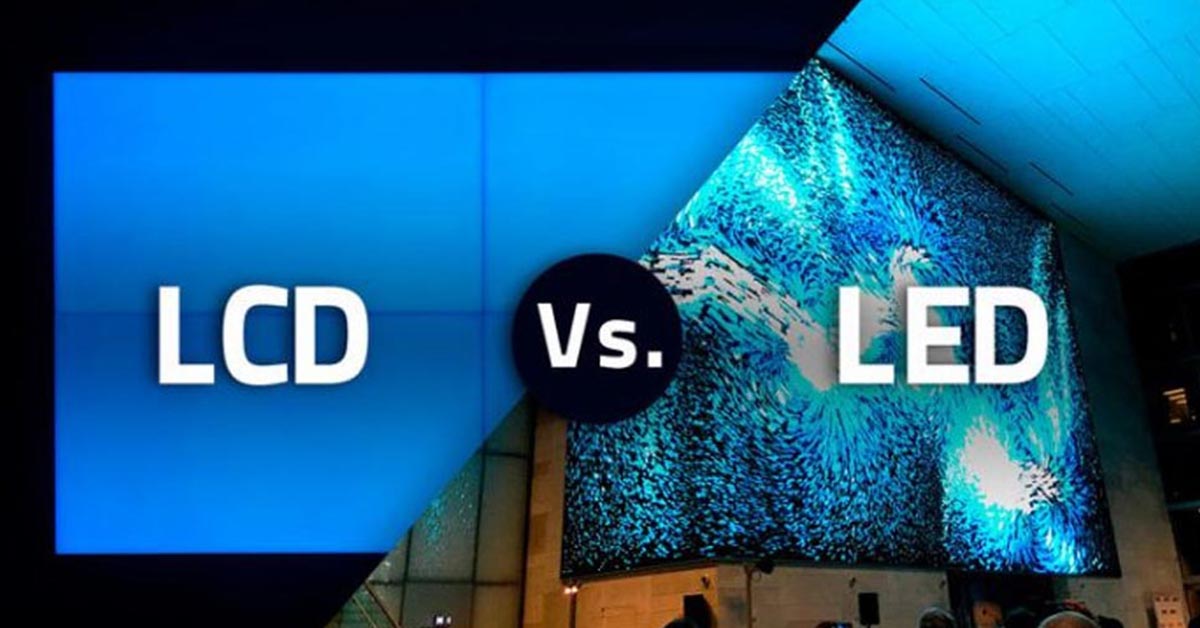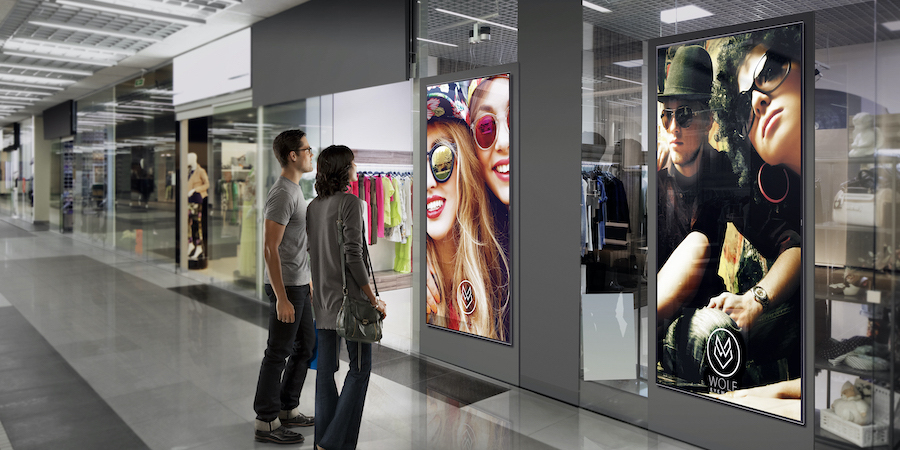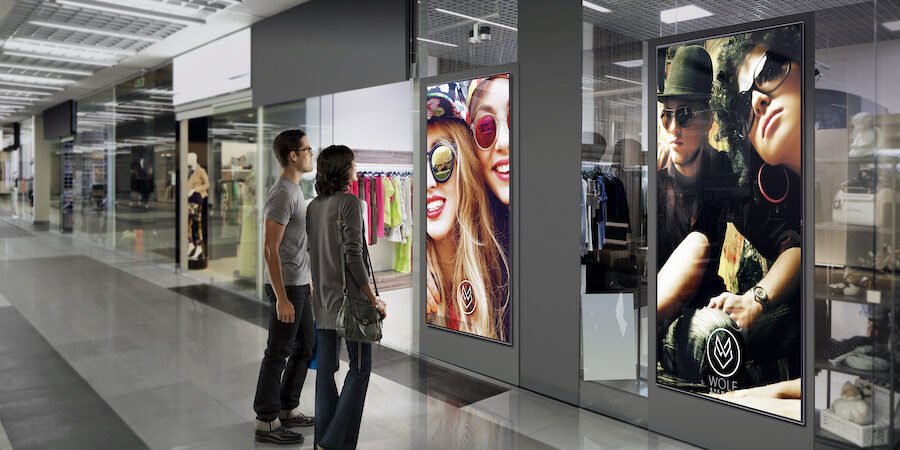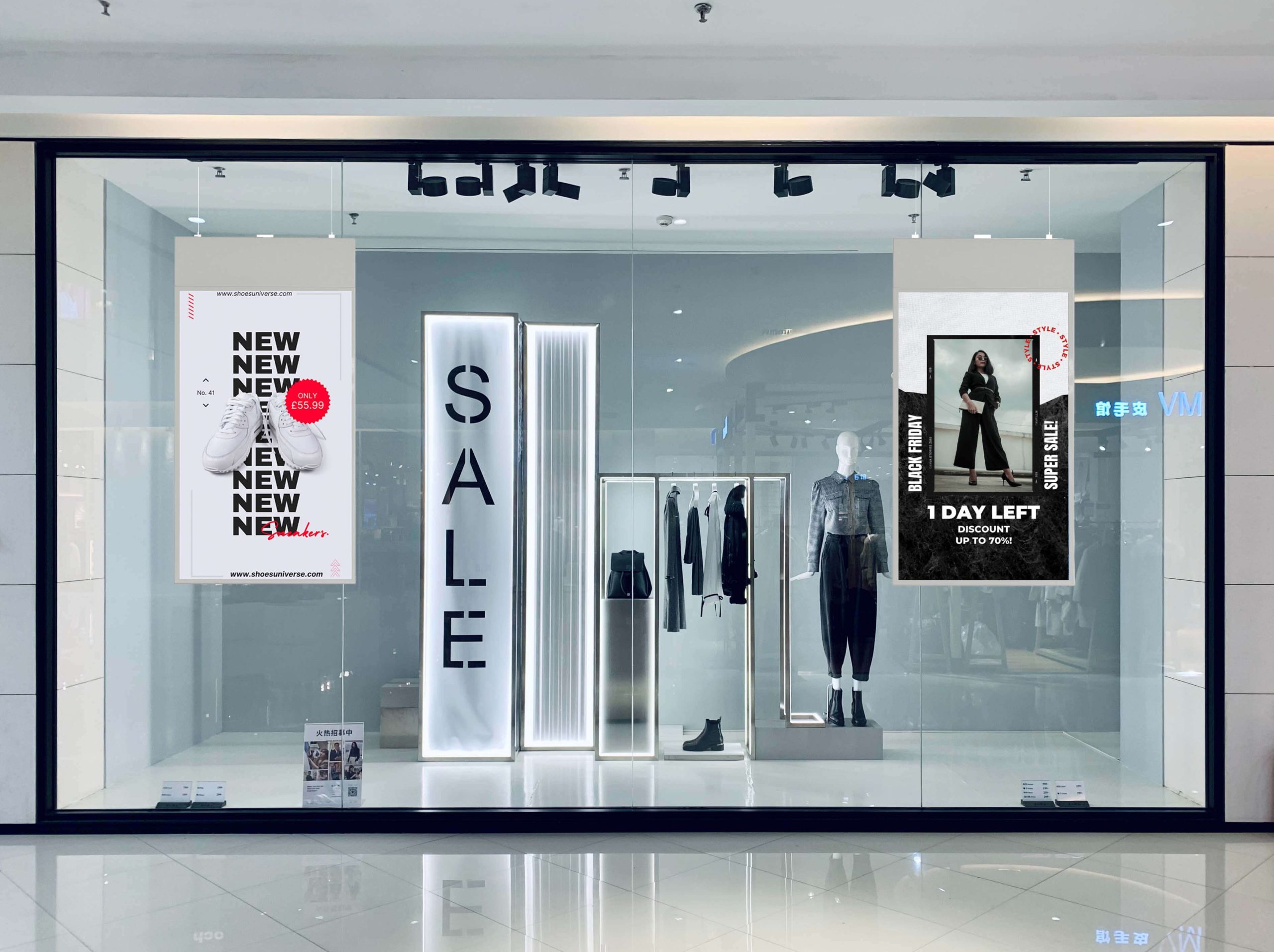

In today’s fast-paced retail environment, capturing a shopper’s attention is more challenging than ever. Customers are bombarded with ads and messages wherever they turn, which means traditional static storefront signs often fail to make an impact. Digital storefront screens have emerged as a compelling solution, transforming retail windows into vibrant, engaging storytelling canvases. But while their visual appeal is obvious, many retail leaders still wonder: What’s the actual return on investment (ROI) of digital storefront screens?
It’s a vital question. Nearly half of retail decision-makers say that their success depends on being able to track and prove ROI. Yet only a small fraction consistently measures it. This disconnect isn’t surprising. The benefits of digital marketing technology are often complex, blending immediate sales increases with less tangible improvements in brand perception.
To truly understand the ROI of digital storefront screens, it’s important to explore the various ways they create value, and why their impact extends well beyond just looking good.
For decades, static signage was the go-to method for attracting shoppers. But today’s consumers are accustomed to digital interaction and crave experiences that go beyond simple visuals. Digital storefront screens offer dynamic, vibrant content that can be updated in real time and designed to captivate attention.

Research supports their effectiveness. Digital signage has been shown to increase brand awareness by nearly 50%, while stores that use digital displays report foot traffic increases as high as 33%. These numbers underscore that digital storefront screens don’t just merely present products, but they create emotional connections. Instead of a one-dimensional sign, shoppers encounter stories, moods, and moments that invite them to engage.
In an age where retail success hinges on experience, these screens act as silent sales associates working tirelessly to attract and inform customers around the clock.
Measuring ROI on digital storefront screens goes beyond a simple equation. Their value emerges through multiple interwoven effects.
One of the most immediate outcomes is an increase in foot traffic. When eye-catching digital content greets passersby, it piques curiosity and encourages them to step inside. For retailers, more visitors mean more chances to convert interest into sales.

Alongside bringing more people in, these screens can also improve conversion rates. Shoppers drawn by compelling visuals and timely promotions tend to make purchases more often than those encountering static signs. Some retailers report conversion increases of up to 30%, which can significantly boost revenue.
But digital storefront screens also enhance brand perception. They signal innovation and modernity, positioning a retailer as forward-thinking and customer focused. This heightened perception builds loyalty and encourages repeat visits, benefits that may not translate immediately into sales but are critical for long term growth.
Beyond these direct effects, digital screens can open new revenue channels. Some retailers rent advertising space on their digital displays to complementary brands, turning the storefront itself into a profitable media outlet.

Operationally, digital signage streamlines marketing efforts. Without the need for constant printing and installation of physical signs, stores can update promotions quickly and at lower cost. This agility helps retailers stay responsive to trends and customer preferences.
The shift toward digital storefront screens is supported by strong data. About 80% of retailers who adopt these displays notice measurable sales improvements within six months. The digital signage market continues to grow rapidly, fueled by retail demand, with analysts projecting a compound annual growth rate of 7.5% through 2030.
One fashion retailer, for instance, saw a 25% rise in campaign engagement and a 15% boost in overall sales after implementing digital storefront screens. These examples illustrate a consistent pattern: digital displays often translate into tangible business gains.
Despite these promising results, many retailers find it difficult to measure the precise ROI of digital storefront screens. The challenge lies in isolating their impact from other factors influencing sales and customer behavior.
Only about 12% of organizations say they consistently track and prove ROI on marketing technologies, often due to insufficient measurement tools.
To address this, retailers can adopt analytics integrated into their digital signage platforms, which provide data on foot traffic, dwell time, and engagement. Testing different content strategies helps identify what drives the best results. Combining screen analytics with point-of-sale data also offers a clearer picture of how promotions influence purchases. Customer feedback adds valuable qualitative insight to round out the analysis.
By harnessing these data sources, retailers can refine their strategies and make confident, evidence-based decisions that maximize ROI.
Digital storefront screens are evolving rapidly thanks to advancements in technology. Artificial intelligence and machine learning now allow content to adapt in real time based on who is nearby, tailoring messages by age, gender, or behavior to increase relevance.
Interactivity is becoming more common, with touchscreens and gesture controls inviting shoppers to engage actively rather than passively observe. Integration with mobile devices and social media platforms is enhancing omnichannel experiences, blending physical and digital touchpoints seamlessly.
Innovations in display technology, such as transparent OLED screens, allow visuals to appear on windows without blocking natural light or storefront views. These subtle yet immersive displays create compelling experiences that attract customers without overwhelming the environment.
As these trends gain momentum, digital storefront screens will become even more valuable marketing assets with clearer, more measurable returns.
While measuring the ROI of digital storefront screens may seem complex, the benefits they provide are substantial and clear. These displays do more than brighten a storefront, but they also draw customers inside, boost engagement, and elevate brand image in ways that static signage simply can’t match.
Increased foot traffic and improved conversion rates translate directly into sales growth, while operational efficiencies and new revenue opportunities add further value. As technology advances, retailers who embrace more intelligent, interactive, and personalized digital displays will be better positioned to meet customer expectations and differentiate themselves in a crowded marketplace.
Ultimately, digital storefront screens represent more than just a marketing tool. They are strategic assets that, when used thoughtfully, unlock meaningful business growth and deliver measurable returns. For retailers seeking to innovate and stay competitive, investing in digital storefront technology is an investment in the future.